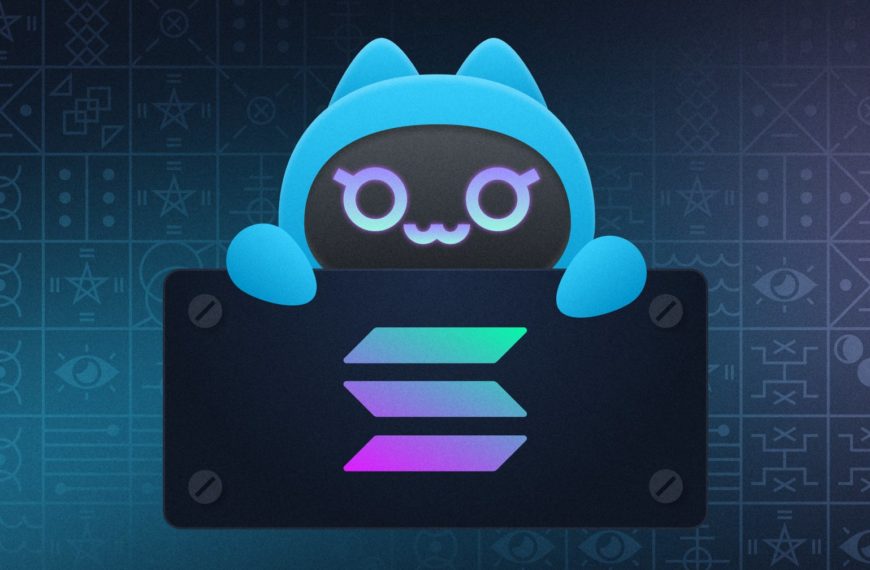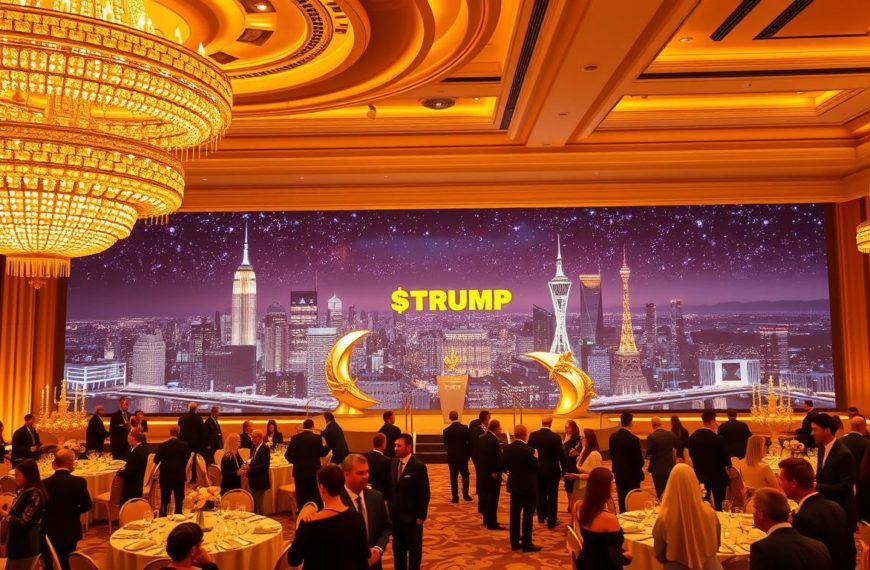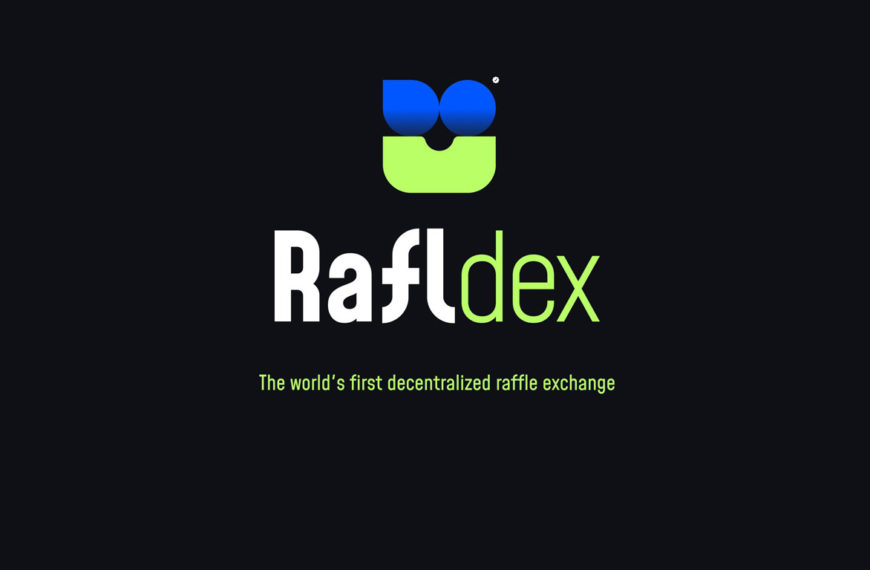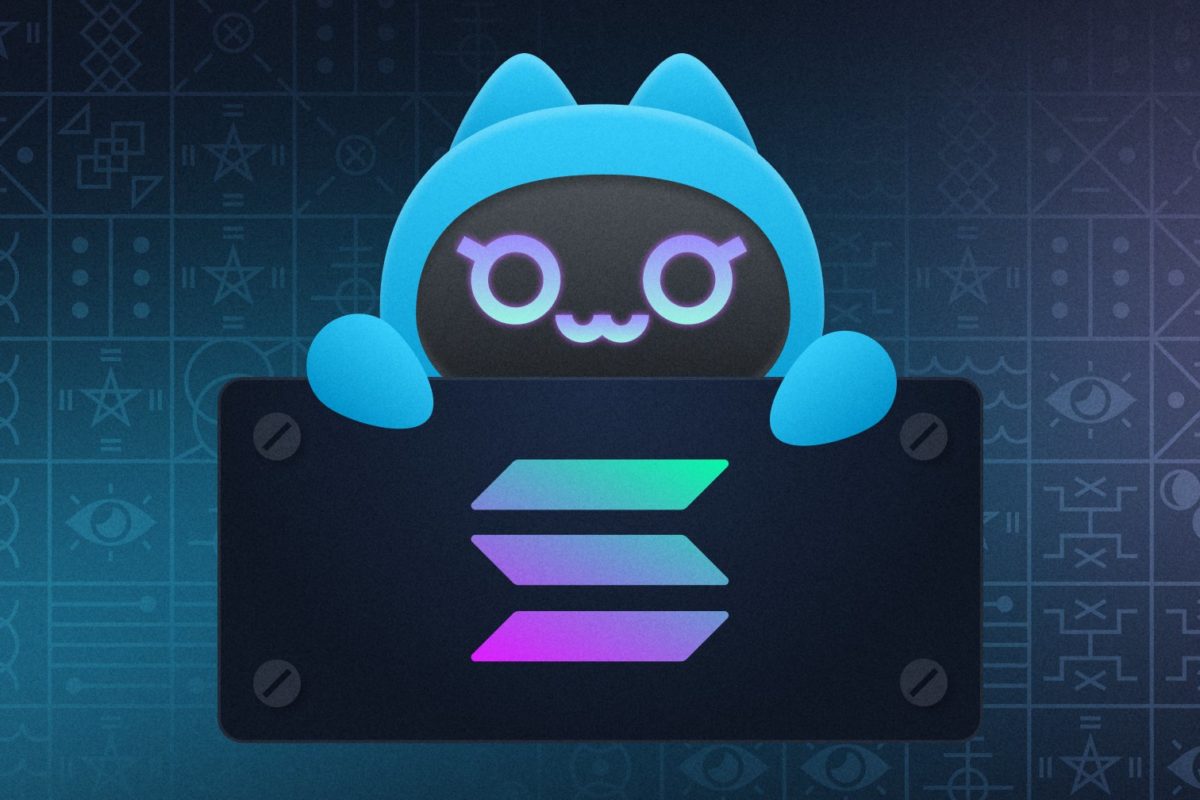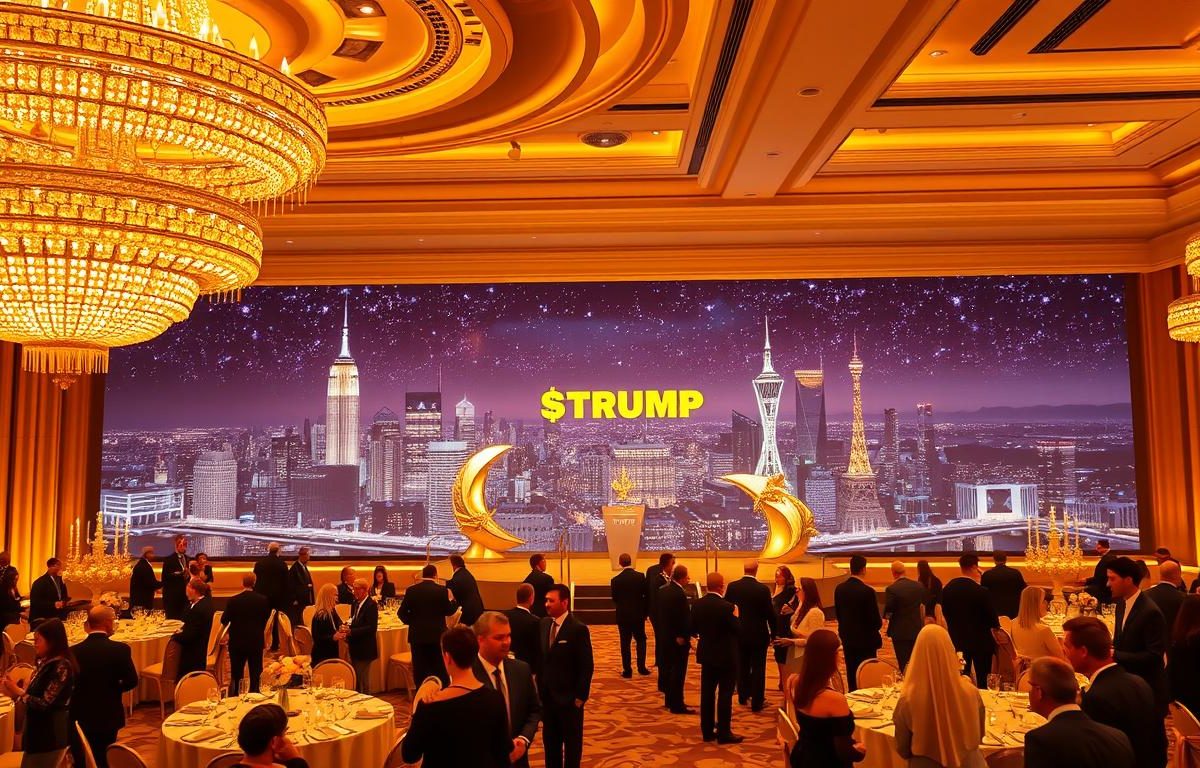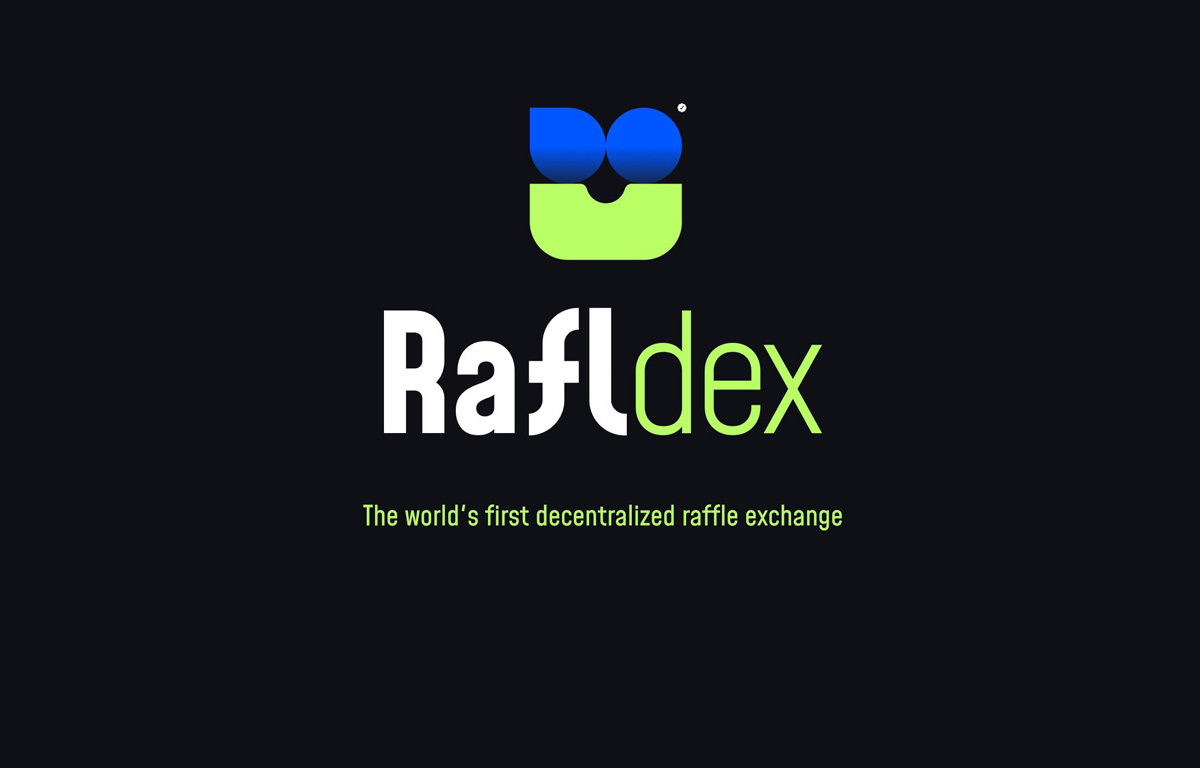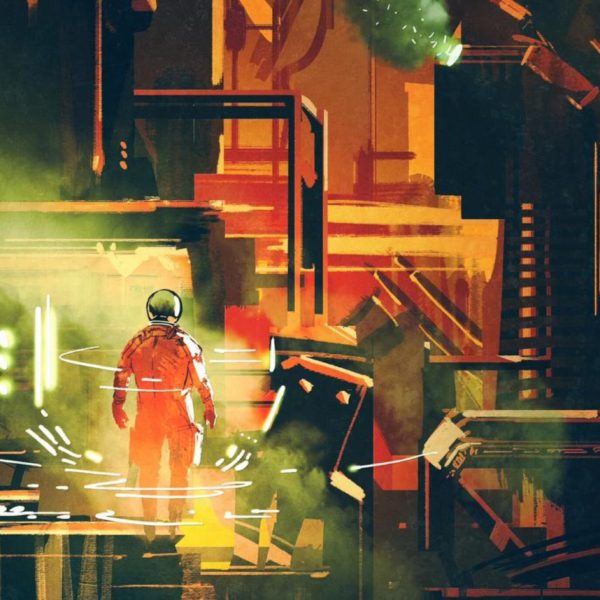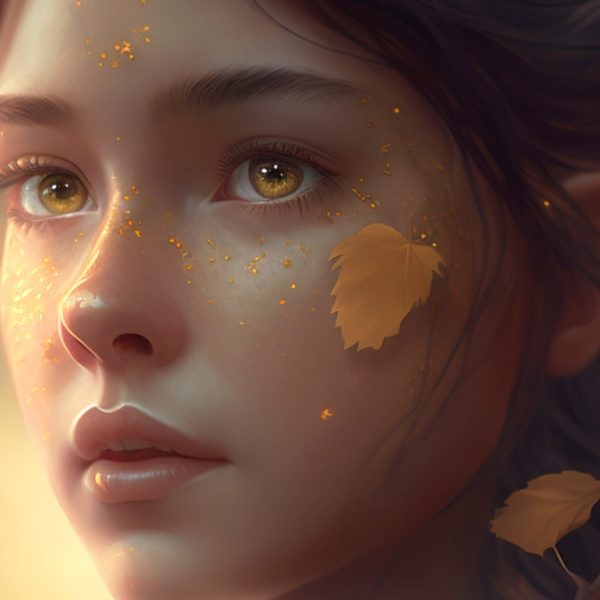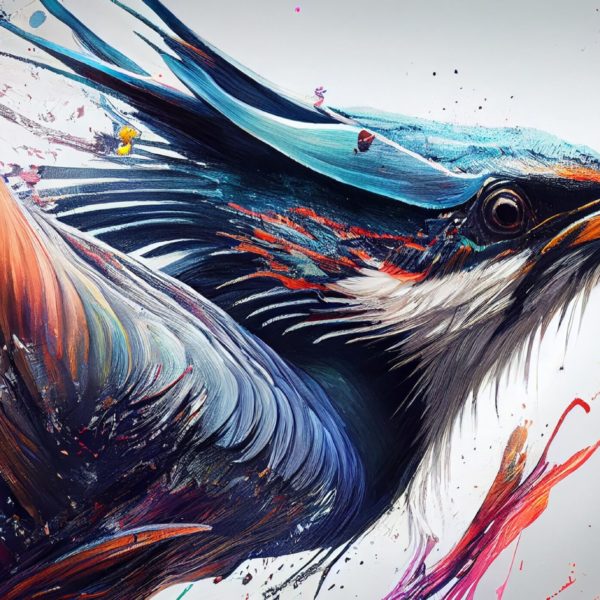Today’s digital world is changing how we connect, play, and work. New technologies like blockchain and virtual worlds are changing industries. Game-Fi is a new area where gaming meets finance, making it fun and valuable.
Disney’s early animation changed storytelling. Now, tech and gaming leaders are pushing even further. Companies like Microsoft and Meta are working on metaverse tools. Meanwhile, Game-Fi games reward players with digital assets.
This journey shares real stories of creativity and strategy. We’ll see how innovations like NFTs and decentralized systems are changing things. Let’s explore a future where every action counts.
The Digital Transformation Landscape
The digital world is changing fast. Web3 technologies are changing how we interact online. They redefine ownership, creativity, and community. NFTs are at the center of this change, opening up new possibilities.
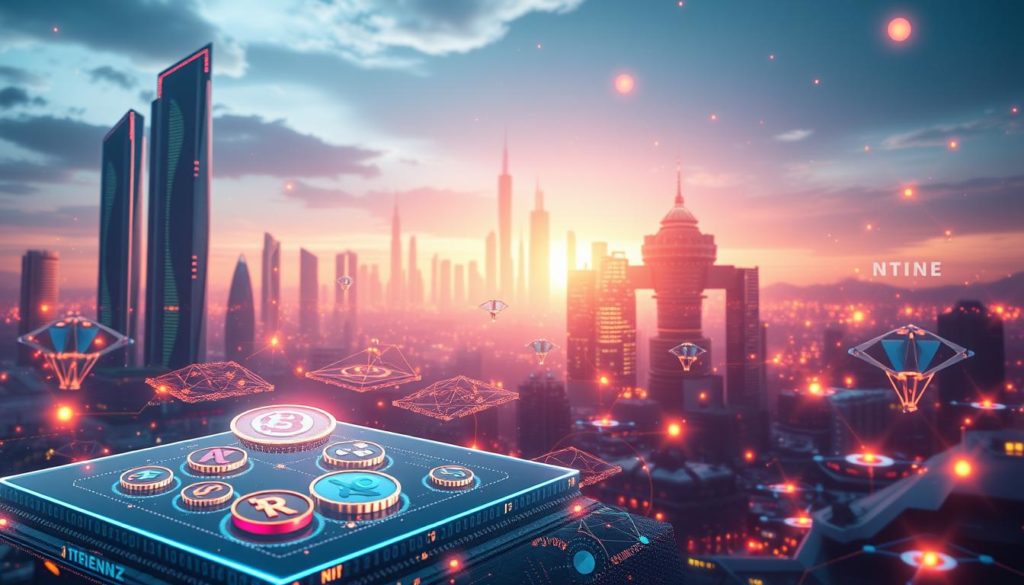
The Shift from Web2 to Web3
Web2 platforms like Facebook and Instagram hold our data. Web3 changes this. It uses blockchain and smart contracts for decentralized systems. Now, users control their digital lives and assets.
NFTs are key here. They prove ownership of digital art, collectibles, and virtual land. For example, OpenSea lets creators sell unique NFTs to buyers.
Emerging Trends in Game-Fi, NFTs, and the Metaverse
Game-Fi mixes gaming with earning money. Players get NFTs as rewards, which they can trade or sell. Axie Infinity made this model popular, letting users earn from playing.
The metaverse is growing, with NFTs as its building blocks. Decentraland uses NFTs for land and items, creating digital economies.
- NFTs enable unique digital ownership, breaking free from traditional platforms.
- Game-Fi uses NFTs to reward players, blending fun and finance.
- The metaverse relies on NFTs to create immersive, user-owned virtual environments.
Unveiling Cutting-Edge Case Studies
Web3 technologies are changing industries worldwide. Decentraland, a metaverse platform, saw Guinness host virtual events that reached millions. People explored 3D spaces, interacted with digital products, and bought NFTs. This shows the metaverse’s power for immersive marketing.
- Virtual Retail: Jimmy Choo opened a metaverse boutique. Customers could buy virtual shoes with blockchain certificates.
- Education: University of Wollongong uses metaverse classrooms for global student collaboration.
- Healthcare: Osso VR trains surgeons in simulated metaverse environments, reducing risks.
“The metaverse isn’t just a trend—it’s a new layer of human interaction.” – Matthew Ball, Tech Analyst
These examples show how scalable and adaptable the metaverse is. Businesses across fashion to education are exploring it to stay ahead. While challenges like user adoption and interoperability exist, early adopters see more engagement and loyalty.

Case studies reveal the metaverse’s impact on customer experiences and efficiency. As innovation speeds up, these stories guide future digital strategies.
Web3 Innovation in Action
Web3 is more than just a buzzword; it’s changing industries today. It’s seen in theme parks and corporate strategies, showing how decentralized tech drives change. Here’s how businesses are making innovation count.
Real-World Implementations
Disney’s Star Wars: Galactic Starcruiser combines NFTs with immersive stories. It lets fans own digital collectibles tied to their experiences. On the other hand, game-fi platforms like Axie Infinity show blockchain games can earn real money for players.
Military and corporate leaders use Web3 for secure data sharing. This shows its impact goes beyond entertainment.

- Disney’s NFTs: Digital souvenirs for park visitors
- Game-fi economies: User-owned virtual assets generating revenue
- Enterprise blockchain: Secure supply chains and data systems
Impact on Digital Business Strategies
“The future belongs to those who embrace decentralized ownership.” – Bob Iger, Disney CEO
Businesses are focusing on game-fi to build loyal communities. They use user-driven economies and token-based rewards for direct engagement. Companies like Ubisoft are exploring blockchain to let players own in-game items.
This changes traditional revenue models. These shifts are not just trends; they’re changing how brands interact with their audience.
Navigating the Game-Fi, NFTs, and Metaverse Ecosystem
At the heart of digital innovation lies the intersection of Game-Fi, NFTs, and the metaverse. These technologies aren’t isolated—they’re building blocks for a new digital economy. Let’s break down each layer and see how they fit together.
Exploring the Game-Fi Revolution
Game-Fi turns play into profit. Players earn crypto by leveling up or completing quests. Take Axie Infinity, where in-game creatures are NFTs owned by players. This model is spreading beyond blockchain games into mainstream titles, blending fun with financial rewards.
- Players can trade or sell NFTs on platforms like OpenSea.
- Revenue models now include staking, farming, and decentralized governance.
NFTs: Beyond the Buzz
NFTs aren’t just for trading cards. They’re tools for artists, brands, and creators. Nike uses NFTs to verify authenticity of sneakers, while digital artists like Beeple sell art as NFTs for millions. This tech ensures ownership and royalties in the digital age.
The Emerging Metaverse Landscape
The metaverse isn’t just a buzzword—it’s a space where virtual worlds meet real value. In Decentraland, users buy land as NFTs to build shops or galleries. Tech giants like Meta and Microsoft are investing in AR/VR tools to make this space a daily reality. Here, NFTs represent property, assets, and even identities.
Together, these layers form an ecosystem where every virtual action has real-world impact. Whether you’re playing, creating, or investing, this is where the future of digital interaction begins.
Analyzing Success Metrics and Digital Impact
Measuring success in digital innovation needs clear frameworks. This helps track progress and ROI. For ventures like the metaverse, metrics show real-world impact. Startups and big companies use tools to check adoption, engagement, and long-term value.
- User Engagement: Time spent in virtual spaces and interactions with 3D assets.
- Revenue Streams: Sales of virtual goods, land, or services within platforms like Decentraland.
- Community Growth: Active user counts and participation in events or decentralized governance.
“Success in the metaverse isn’t just about traffic—it’s about building ecosystems where users invest time, creativity, and resources.” — Meta’s 2023 Innovation Report
Qualitative data is important too. Feedback from early adopters shows how immersive experiences boost brand loyalty. Brands like Nike, now in the metaverse with virtual sneakers, see sales go up because of digital campaigns. Companies must look at both numbers and user feelings to catch cultural changes.
- Track both short-term metrics (e.g., daily active users) and long-term trends.
- Partner with analytics platforms specializing in Web3 and metaverse insights.
- Prioritize adaptability—metrics evolve as technologies like spatial computing mature.
Understanding these metrics helps companies improve their strategies. This way, they stay ahead in a changing digital world. The right data turns innovation into useful insights. This makes the metaverse more than just a buzzword—it shows real success.
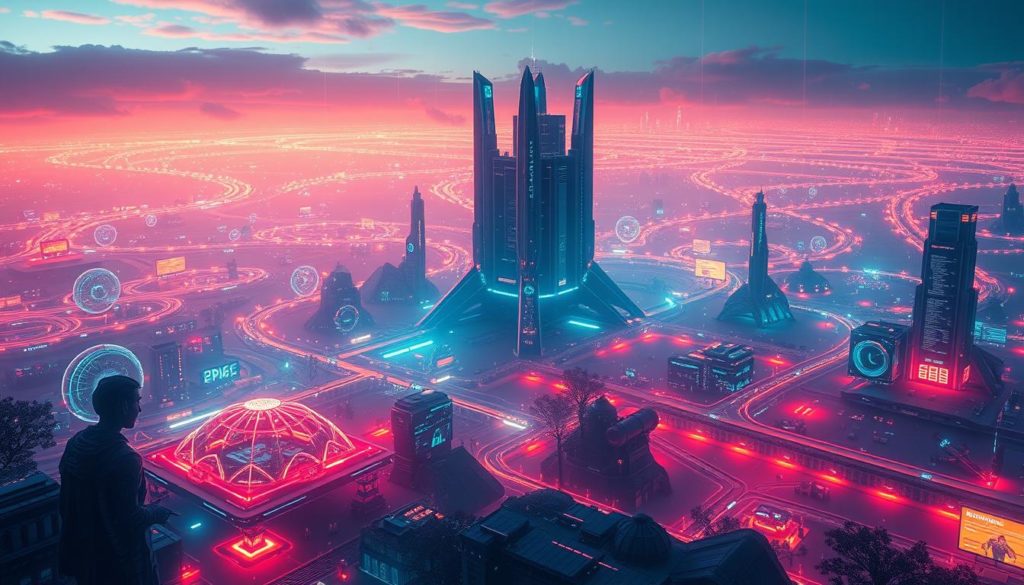
Future Trends: Challenges and Opportunities in Innovation
Game-fi is growing, but it faces technical challenges and new opportunities. Leaders in blockchain gaming focus on making games better and easier to use. A 2023 report from the Blockchain Game Alliance says, “The future belongs to platforms that balance innovation with accessibility.”
Big changes are coming, like AI in games and better connections between different blockchain systems. These could make games more exciting and let players move things easily between different worlds. For example, Ethereum’s Layer 2 solutions aim to make transactions cheaper, helping more people join in.
- Opportunity: Play-to-earn models might grow in areas like education and healthcare, mixing fun with real rewards.
- Risk: Rules about crypto are still unclear, with places like the EU talking about stricter laws.
- Investment Hotspots: Tools for tracking blockchain and new ways to make decisions are getting more attention from investors.
Investors looking at game-fi need to check if a project has a strong community and clear goals. Axie Infinity’s success and its growth challenges teach us about growing smartly. As Web3 tools get better, we might see games that mix virtual and real worlds, offering new experiences.
Conclusion
Web3, NFTs, Game-Fi, and the metaverse are changing how we do business and interact. They bring new chances for creativity and teamwork, changing many industries. These technologies show a future where tech and human creativity meet.
Leadership and trust are key to unlocking this potential. Companies leading in these areas show how to turn challenges into chances. They use transparent practices and new strategies to grow.
NFTs and the metaverse are getting bigger, and so is their impact. It’s not just about tech—it’s about stories and trust. Whether you’re a developer, entrepreneur, or just curious, staying open to these changes helps shape the future. The journey ahead is full of possibilities, and every step forward starts with embracing what’s next.

